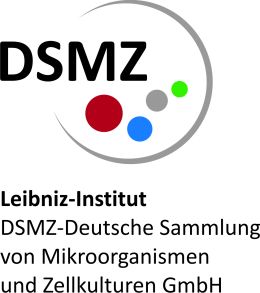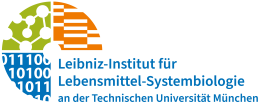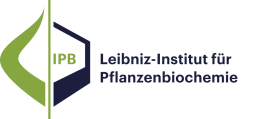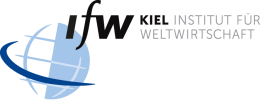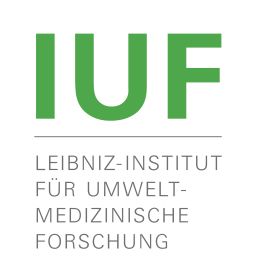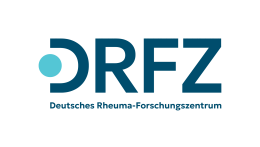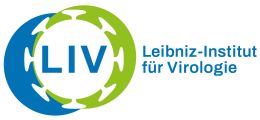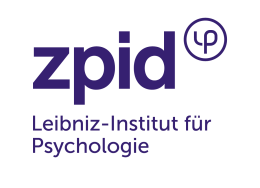Disease burden
This research priority area aims to develop and shape an overarching strategy to tackle future pandemics.
Our goal: lessen health and social impacts on individuals, while also keeping costs manageable for society.
The “Disease Burden” focal area investigates the current population immunity levels—particularly to respiratory pathogens— by exploring past infections and vaccinations. We’re also uncovering how immune disorders, both congenital and acquired, shape disease progression and what drives severe cases. With these insights, we’re crafting both medical and non-medical solution that will improve individual health during future pandemics.
Our mission? To build powerful strategies that protect everyone.
Mental health is a vital part of individual health. That’s why we focus heavily on what people need to stay mentally strong during a pandemic—especially children and young adults. Our goal is to understand and support the building blocks of mental health and resilience in the next generation.
Science communication and outreach also play a key role in this focal area. Building trust in science begins with sharing clear, easily comprehensible messages. Only when people truly receive—not just hear— these messages, can we effectively combat misinformation and encourage greater acceptance of protective measures.
Our working packages
03
Determining pre-pandemic immunity and vulnerability in the population (DRFZ, LIV)
04
Investigating how pathogens cause disease and evaluating pharmaceutical and non-pharmaceutical interventions to reduce their impact in animal models (HKI, LIV)
05
Identifying medical and socioeconomic vulnerability factors that contribute to chronic disease burden (LIV, FZB)
06
Determining factors that make people vulnerable to psychological stress and promoting protective factors that enhance resilience (IWM, DIE)
07
Boosting adherence to infection control measures through better science communication (IWM, DIE)

